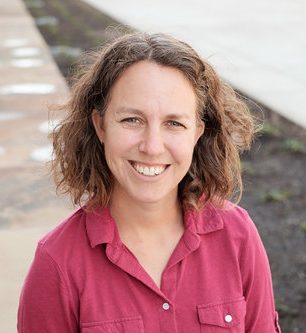"The Uphill Climb: A Transnational Perspective on Wealth Accumulation among Latino Immigrants in Durham, NC"
Abstract: Wealth accumulation is a key dimension of ethno-racial stratification, and, among immigrants, an important indicator of incorporation. Dramatically low assets among immigrant Latinos is thus a pressing concern, necessitating a better understanding of the social forces that shape wealth assimilation. Drawing on a survey of Latino immigrants in Durham, NC, I argue for the importance of a transnational perspective on wealth for immigrant populations. Nationally representative surveys designed to assess inequality among the general population generally lack information on wealth held abroad, which accounts for the lion’s share of assets held by immigrants in our sample. Likewise, these data sources rarely have information on factors salient to immigrants, particularly legal status and informal employment. Finally, I show that the socio-demographic characteristics central to life-cycle wealth models operate in different ways for U.S. and foreign assets, and for men and women. For instance, while household earnings and duration of Durham residence are associated with greater U.S. assets among Durham’s Latino migrants, they fail to predict wealth held abroad. Likewise, low educational attainment and informal employment are associated with lower U.S., but not foreign, wealth. Instead, the key predictors of wealth abroad relate to family structure. I further document structural barriers to immigrant Latino wealth accumulation, such as employment marginality and lack of access to mainstream financial institutions.
*Co-Sponsored with the Center for the Study of International Migration
















